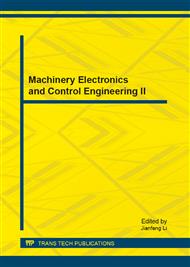p.579
p.583
p.588
p.592
p.596
p.600
p.604
p.608
p.613
Interaction of Laser Energy with Bow Shock in Mach 5 Flow
Abstract:
In order to develop a potential way to reduce the stagnation pressure and heat flux of the blunt body in hypersonic flow, single pulsed and high rated laser energy are deposited respectively to control the bow shock in Mach 5 flow. Process of the interaction of 100mJ single pulsed laser energy with bow shock is studied by schlieren experiment in Mach 5 shock tunnel. The results indicate that the schlieren photographs and stagnation pressure at different times fit well with the simulation. Bow shock is distorted by the laser induced blast wave. During a single laser pulse, the average stagnation pressure and temperature are reduced by 6.5% and 3.4%. High rated laser energy is used to sustain the low pressure and heat flux region to increase the control efficiency. With the power of 6.6% of the enthalpy flux, when the distance of deposition point and blunt body is 1.1 times of the diameter of the blunt body, the pressure and heat flux of the stagnation point is reduced to 49% and 75%, respectively. The mechanism of interaction of laser and bow shock is disclosed.
Info:
Periodical:
Pages:
596-599
Citation:
Online since:
March 2013
Authors:
Keywords:
Price:
Сopyright:
© 2013 Trans Tech Publications Ltd. All Rights Reserved
Share:
Citation:


